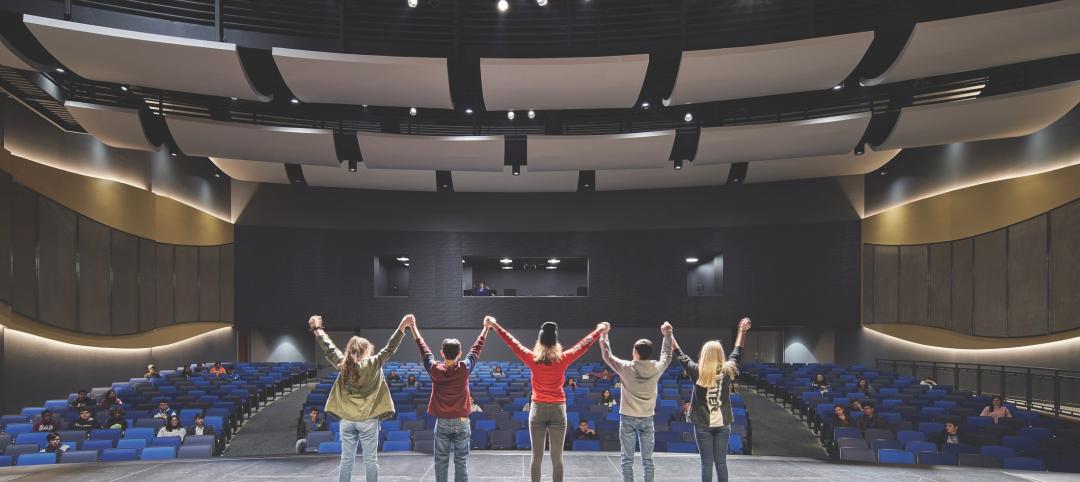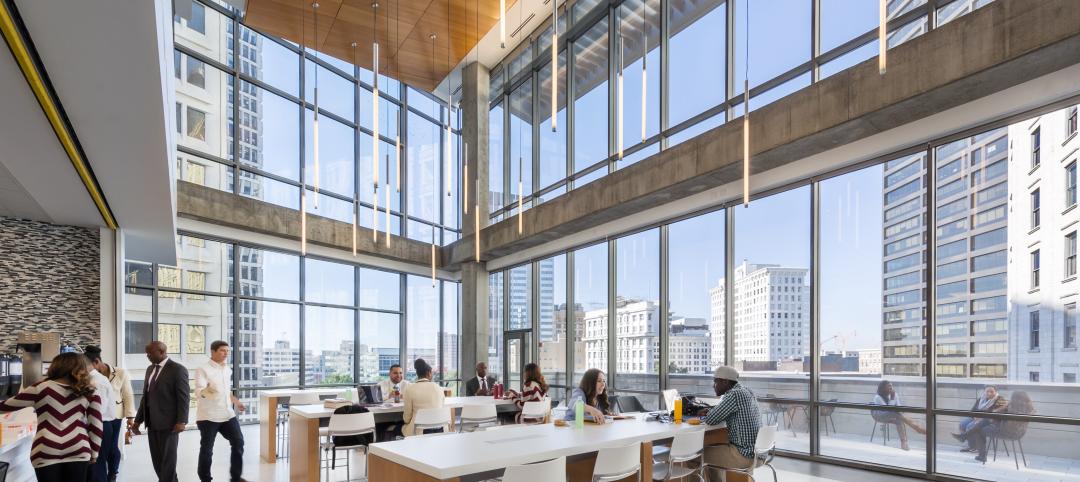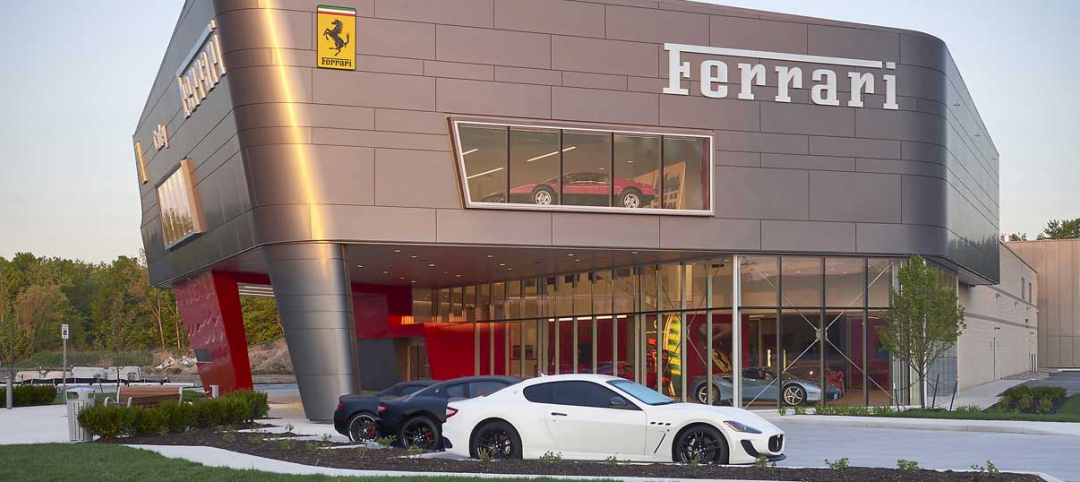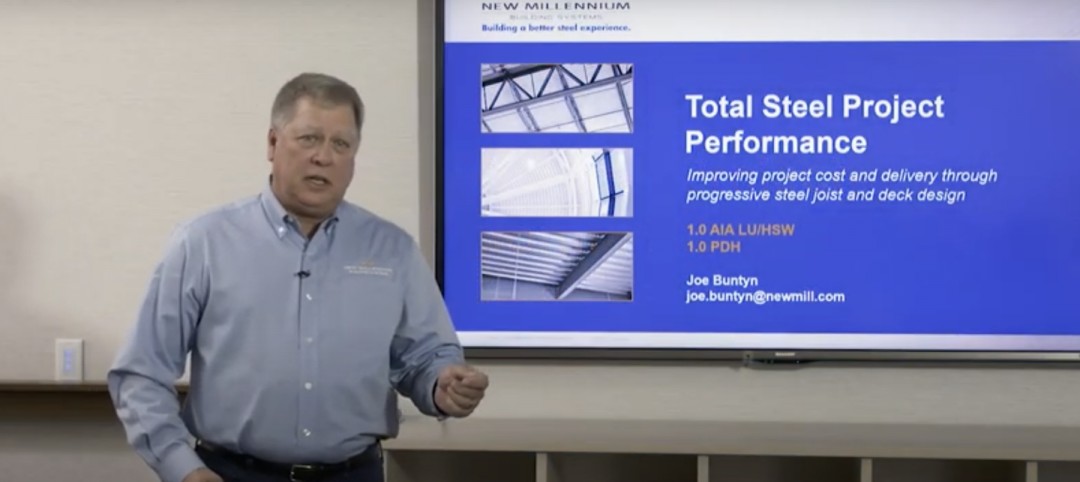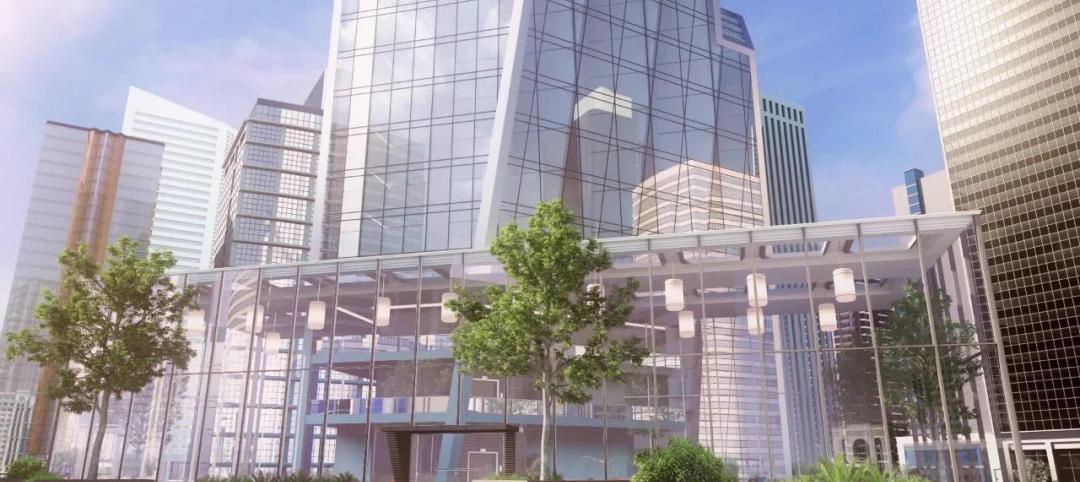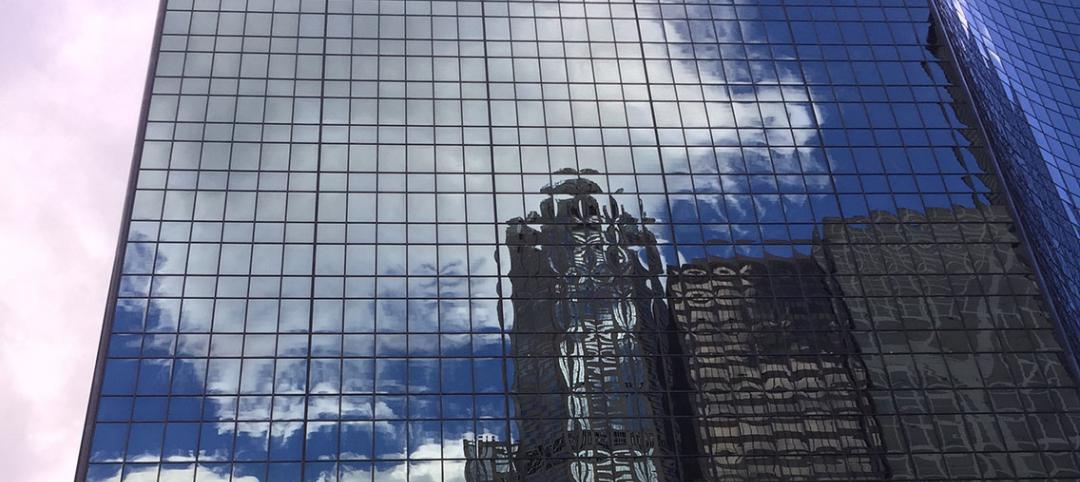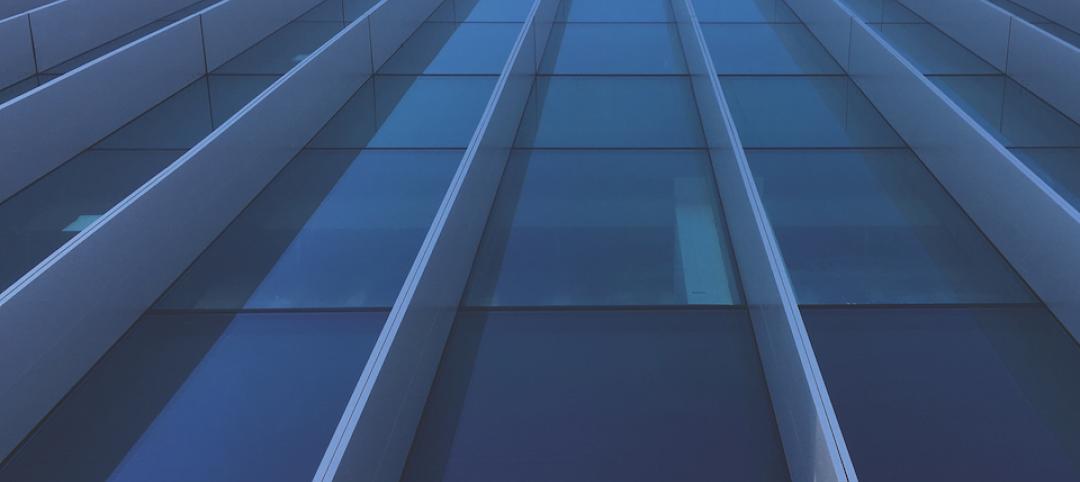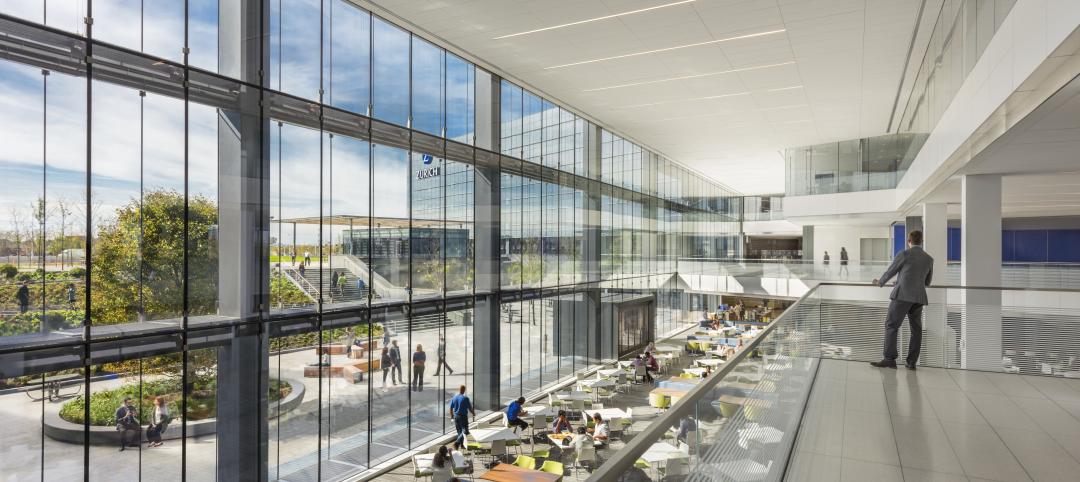HORIZONTV FEATURING BD+C: WATCH EPISODES ON DEMAND AT HORIZONTV
sponsored | Jan 17, 2024
Performance-based facilities for performing arts boost the bottom line
A look at design trends for “budget-wise” performing arts facilities reveals ways in which well-planned and well-built facilities help performers and audiences get the most out of the arts. This continuing education course is worth 1.0 AIA learning unit.
sponsored | Mar 30, 2023
Edge of Perfection: Designing High-Performance Façades
This course describes the multiple challenges in designing high performance fenestration systems for building envelopes meeting architectural…
sponsored | May 8, 2022
Choosing the right paver system for rooftop amenity spaces
This AIA course by Hoffmann Architects offers best practices for choosing the right paver system for rooftop amenity spaces in multifamily buildings.
sponsored | Apr 19, 2022
Multi-story building systems and selection criteria
This course outlines the attributes, functions, benefits, limits, and acoustic qualities of composite deck slabs. It reviews the three primary types of composite systems that represent the full range of long-span composite floor systems and examines the criteria for their selection, design, and engineering.
sponsored | Jan 12, 2022
Total steel project performance
This instructor-led video course discusses actual project scenarios where collaborative steel joist and deck design have reduced total-project costs. In an era when incomplete structural drawings are a growing concern for our industry, the course reveals hidden costs and risks that can be avoided.
Oct 8, 2019
BIG Glass: BIGGER Views, BETTER Performance.
When the view means everything – go BIG with oversized glass from Viracon. Sizes up to 130”x236”.
Aug 26, 2019
Deconstructing the Window
Over the years, the industry has relied heavily on the increasing performance of low-e coatings to drive window U-factors (thermal transmittance)…
Jul 16, 2019
Seattle's Iconic Landmark Gets a Fenestration Performance Overhaul
Built in 1962 for the World’s Fair, the Space Needle stands 605 feet above Seattle and welcomes more than 1.3 million guests from around the world…
Jun 12, 2019
Shadow Box Design: To Vent or Not To Vent
A curtain wall shadow box is a spandrel assembly consisting of vision glass at the building exterior and an opaque infill at the interior side of…
sponsored | May 20, 2019
Lasting Thermal Control For Building Façades
To keep interior spaces warm in the winter (and nice and cool in the summer), Building Teams report adopting more advanced approaches to envelope…


